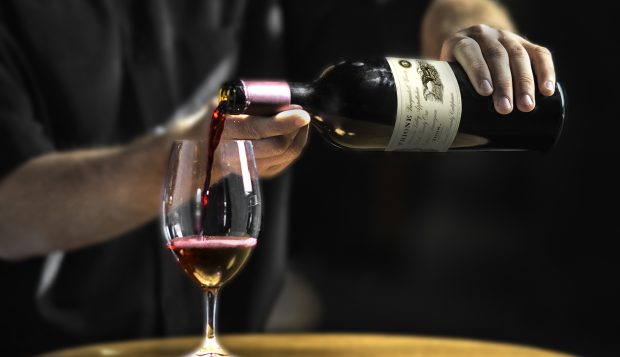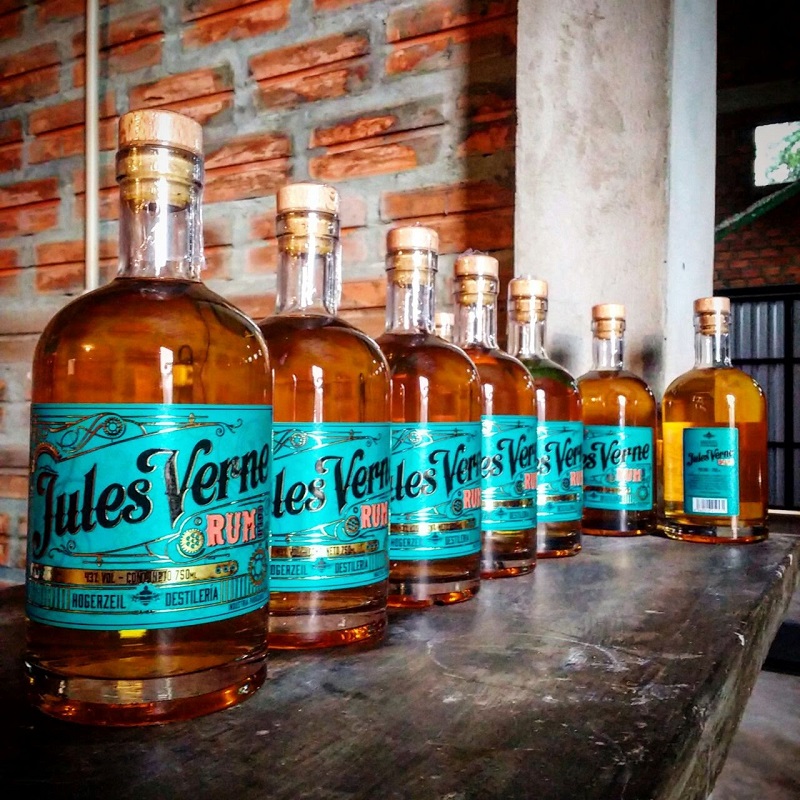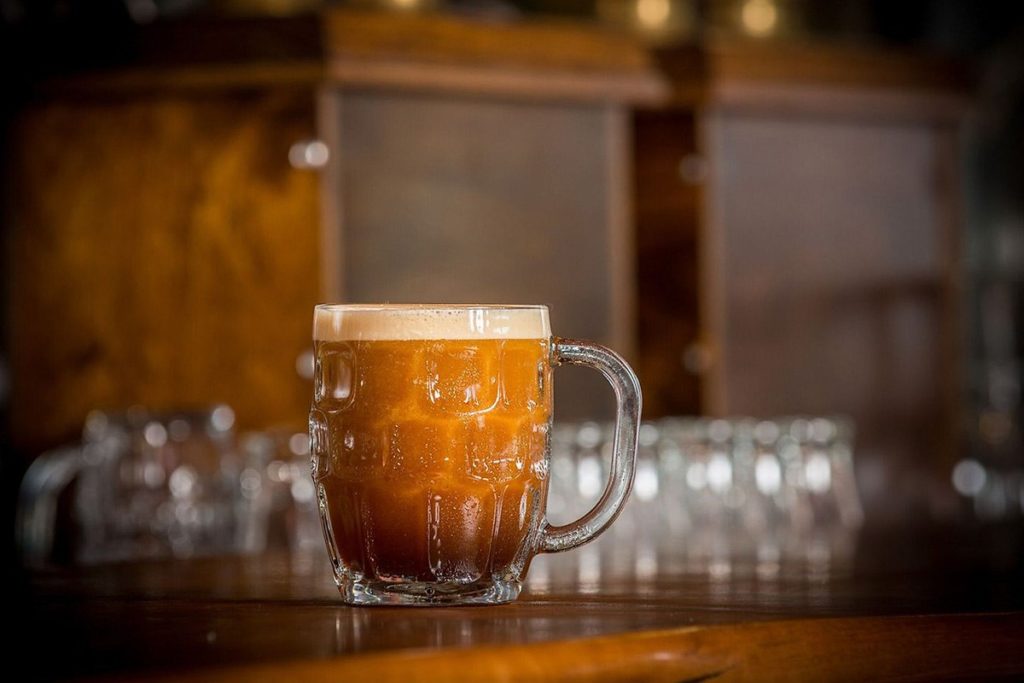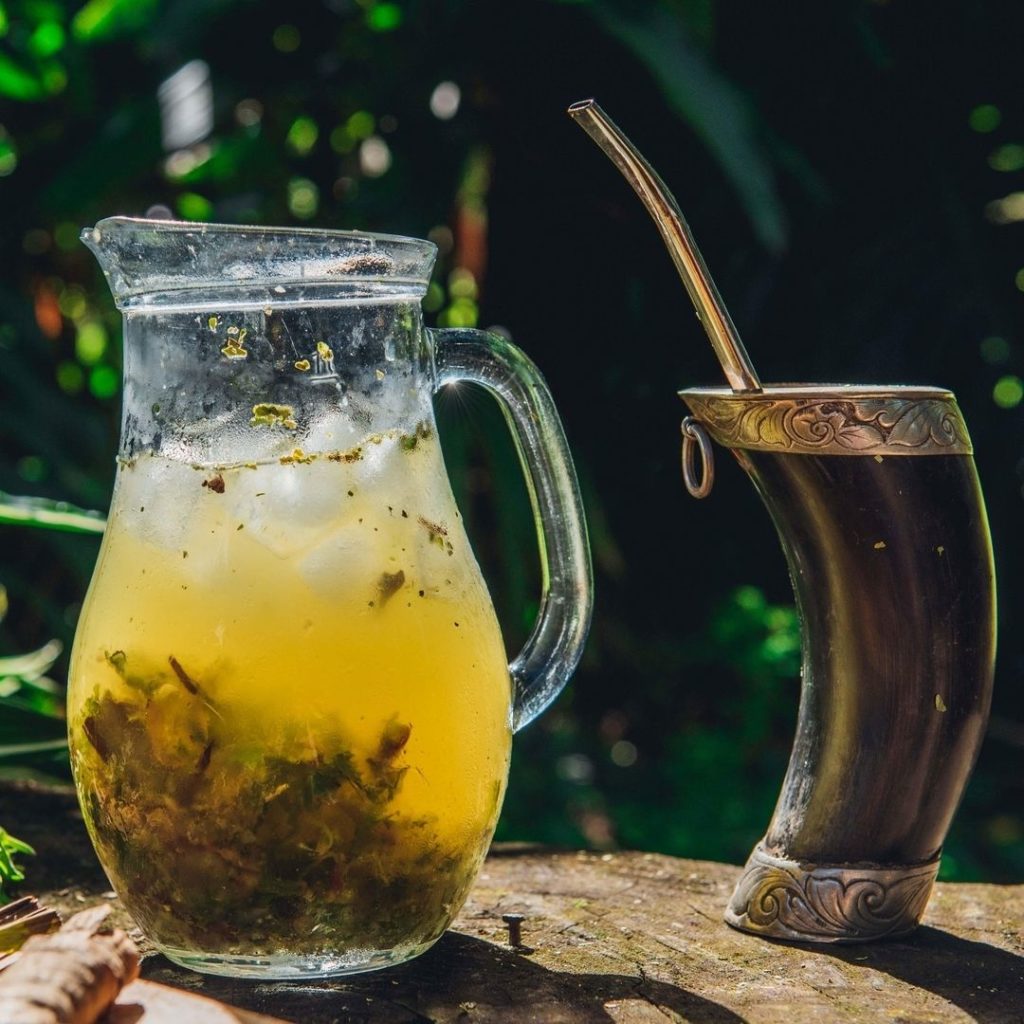Wines and Alcohol in Paraguay
Discovering the tipple of a country is definitely part of the fun when it comes to exploring new places, particularly when they occupy as exotic corners of the world as Paraguay. All across South America travellers both young and old are eager and exited to sample the local brew, whether that means the dry reds of the Chilean wine country, or the hard-up tequila of the Mexican pueblo towns.
With new and untried flavours right across the continent, at often unbelievable and super wallet-friendly prices, it’s easy to see why drinking in these Latin nations of culinary and alcoholic creativity has become such a feature of interest for would-be travellers.

However, when it comes to discovering local drinks, visitors to Paraguay may be in a shock. The offering here is a little different from the traditional and goes a long way to challenge preconceptions about South American drinking. While wine has actually been produced here for more than 400 years, it’s generally accepted that Paraguayan produce never matches up to the prestige or flavour of the country’s Argentinian or Chilean neighbours.
Beer is a popular drink too (and there are some great national breweries), but largely comes – like so many products on sale here – in the form of imported goods, mainly from other Latin nations, but also from the US or Europe (at least that means there’s no need to fear if you’ve got your favourite brand at home!).
Caña Rum

Generally speaking the closest thing you can get to a genuinely local alcoholic beverage in Paraguay is Caña rum. This light and sweet liquor follows the brewing processes first laid down by the Paraguayan Jesuits, and various accounts from Spanish explorers during the colonial period indicate that this is when the drink first became widely produced across the country.
Its formulation was perfected throughout the 20th century and it is now recognised as one of the nation’ iconic drinks. Locals see Caña as a similar drink to its non-alcoholic sister, mosto juice, and in fact the flavours are comparable; both are sweet and brewed from precisely the same sugar cane plant that grows all over the country.
Beer

Beer is drunk widely across Paraguay and is also a favourite with travellers here. Understandably it’s often much-loved by European visitors, who are quick to notice the similarities between original German beers and the Pilsen brews of Paraguay. There are several popular brands in the country: Polar Lager is brewed in Asunción by the capital’s brewery company, while the most popular brand, Pilsen, is available virtually everywhere.
Most other beers are sourced from nearby countries, and it’s very common for bars to stock either Quilmes (from Argentina) or Brahma (from Brazil). Generally speaking these two have the same European-esque flavour of the Paraguayan brews and will often cost exactly the same. Beer and larger are far and away the beverage of choice for Paraguayans, while the strong rums tend to come out later in the night.
Tereré

Another alcoholic drink that is native to Paraguay is actually a twist on one of the nation’s favourite non-intoxicating tipples: Tereré. This is a caffeine laden drink that’s brewed with cold water. The base comes from the yerba mate plant that’s mixed in, and this can sometimes be augmented with shots of various liquor, although this isn’t at all popular. Tereré is actually one of Paraguay’s most successful regional exports, and it has become noticeably popular in Argentina, Chile and parts of Brazil.
Generally speaking Paraguayan wine never hits the same world-class mark as other notable South American nations. Unlike the unique climatic offerings of elongated Chile and Argentina, there are few unique micro-climates for Paraguayan wine makers to make use of. That said, there is a tradition of brewing that dates back some several hundred years, and evidence to show that wines were being exported from the country to cities like Santa Fe as early as 1600.
There are a few local wineries and brewing locations, but it has been noted that these are often found in remote spots around the country, where the wines are produced and consumed within certain communes or villages and rarely bottled for commercial sale. If you’re determined to go wine hunting in Paraguay check out the Horticultural Research Station at Caacupe. It’s around 50km west out of the capital and is a charming town, even if you can’t find a drink.
Generally speaking the offering of alcohol in Paraguay has some notable differences to South America as a whole, while there are also some clear parallels. Put simply, there’s lots of beer, strong shots, but a conspicuous absence of reds and whites.
